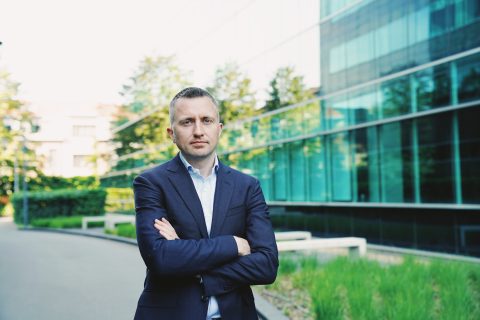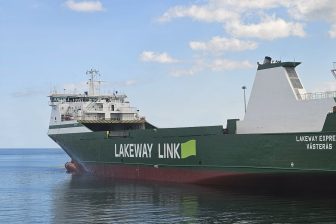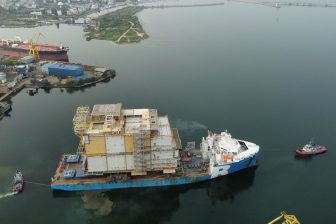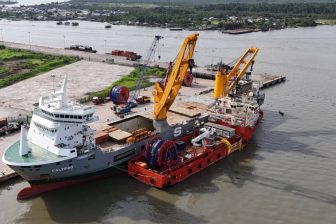
The “Uberization” of shipping with AI will not take long
With only around 87,000 commercial ships in the world, ‘Uberization’ of the shipping business is a relatively easy proposition according to SHIPNEXT CEO, Alexander Varvarenko. Speaking at a conference in New Orleans, Varvarenko added that the widescale adoption of technology, such as artificial intelligence will soon make shipping cargo as simple as finding directions using Google Maps.
“Early automation, data-gathering and machine learning are all the steps you need to take to get to AI – which is predictive decision making, and not all that complex,” Varvarenko said.
“There are only around 87,000 commercial ships in the world – not that much in terms of business modelling. Once you input a shipping date, quantity of the cargo and you name the limitations, restrictions, the available material in the port and so on, it reduces the amount of ships that are suitable. So, teaching a system to take a decision or guide you on the right decision, based on economic or environmental factors, for instance, is not that difficult,” he said.
Varvarenko added that it’s not going to take a long time until AI starts helping with shipping cargo.
Getting ChatGPT connected
Varvarenko expanded on how the shipping business will benefit from ChatGPT – a chatbot capable of writing essays and scripts and solving computer coding by capturing information from the internet.
Noting that the adoption of AI in solutions like ChatGPT was far more complex than in shipping, Varvarenko said: “If you start shipping today using conventional means, your decision is based either on one of the companies you know, or the emails and messages that you receive. But there’s a limit to how much data you can process by yourself.”
“If you were to ask ChatGPT to help you find the best way of shipping cargo, it would currently say, I’m not yet connected to the shipping data, therefore I’m not able to help. But it will only be a very short while until ChatGPT is connected to this data, and then it will start producing the information. You can already try for yourself today, and you will see that the AI gets stronger by the day in learning shipping,” he said.
“And it’s all real-time, it’s 24-7. There is no limit to how much data that neural network can actually swallow, calculate, and produce every nanosecond,” stressed Varvarenko.
Varvarenko’s platform, SHIPNEXT, is a blockchain-driven digital shipping marketplace that uses natural language processing, machine learning, linear programming, AI and big data analysis to generate the best shipping and transport solutions.
You just read one of our premium articles free of charge
Register now to keep reading premium articles.




